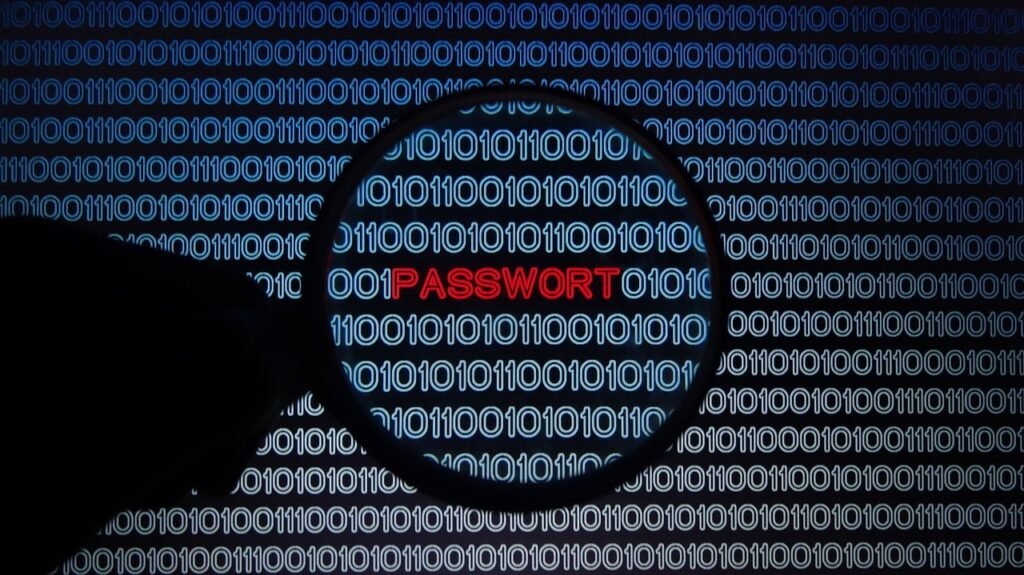Today, the internet helps us do many things easily, like chatting with friends, shopping, or using online banking. But along with these benefits, there are also many dangers. Every day, many people become victims of hacking, stolen data, fake messages (phishing), and harmful software like ransomware. If you use the internet regularly — on social media, email, or websites — you could also be at risk of a cyber attack.
In this blog post, we’ll explore 7 simple yet powerful ways to protect yourself from cyber attacks and stay safe in the digital world.
1. Use Strong and Unique Passwords

Your password is your first line of defense. Weak passwords like “123456”, “password”, or your date of birth make a hacker’s job easy.
Tips:
- Use different passwords for each account
- Choose at least 12 characters
- Combine uppercase, lowercase, numbers, and special symbols (@, #, $)
- Use a password manager like Bitwarden or LastPass
2. Enable Two-Factor Authentication (2FA)
2FA adds an extra layer of security. After entering your password, you also need to enter a code (sent via SMS or an app), making it hard for hackers to break in.
Why it’s important:
Even if hackers know your password, without the 2FA code, they can’t access your account.
Recommended: Use Google Authenticator or Microsoft Authenticator.
3. Keep Software & Apps Updated Regularly
Always update your operating system, browser, apps, and antivirus software.
Why?
Old versions may have vulnerabilities hackers can exploit. Updates patch these flaws and keep you safe.
4. Be Cautious When Using Public Wi-Fi
Free public Wi-Fi can be dangerous. Hackers often set up fake hotspots to intercept your data.
Safe practices:
- Use a VPN when using public Wi-Fi
- Avoid online banking or shopping on public networks
- Turn off auto-connect to Wi-Fi networks
5. Avoid Suspicious Links & Emails
Phishing attacks trick you into clicking malicious links or sharing sensitive info through emails or websites.
Look out for:
- Emails saying “Your account is suspended” or “Click to claim reward”
- Unknown senders or overly urgent messages
- Spelling or grammar mistakes
🔒 Never share your password, OTP, or financial info via email.
6. Use Antivirus & Firewall Protection
Install a reliable antivirus to protect against viruses, malware, and spyware.
Top antivirus tools:
- Kaspersky
- Bitdefender
- Norton
- ESET
Firewalls:
A firewall blocks unauthorized access to your devices and acts as a “security gate.”
7. Backup Your Data Regularly
Ransomware attacks lock your files and demand payment to unlock them. But if you have backups, you’re safe.
Backup options:
- Cloud storage: Google Drive, OneDrive, Dropbox
- External drives like USB or hard disks
Set up automatic weekly backups and encrypt sensitive data if possible.
Additional Tips:
- Adjust your privacy settings on social media
- Review app permissions on your phone
- Always verify URLs and reviews before logging in to new websites
External Resource Links:
Staying safe from cyber attacks isn’t just about technology — it’s about awareness. The more informed and alert you are, the harder it is for hackers to target you. Following these 7 practical steps will help you maintain control over your digital life and protect your personal data from cybercriminals.